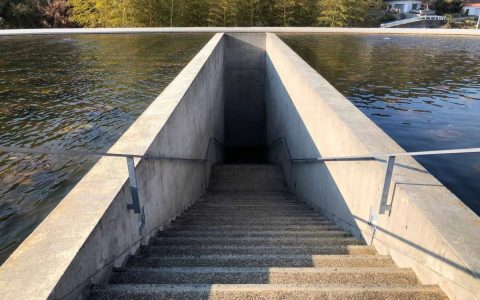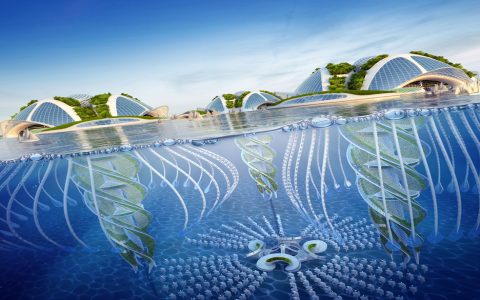Tadao Ando's Most Famous Architectural Works
Tadao Ando, the self-taught master of Japanese minimalist concrete architecture, is renowned for creating profound spiritual experiences through the interplay of light, nature, and geometric purity. His most celebrated projects include:
- Church of the Light (Ibaraki, Osaka, 1989): An embodiment of simplicity and spiritual power defined by the iconic cruciform light slit penetrating a massive concrete wall in the sanctuary.
- Azuma House (Row House) (Sumiyoshi, Osaka, 1976): Ando's seminal early work, featuring a stark concrete box enclosing a central open-air courtyard, radically reinterpreting traditional urban living.
- Water Temple (Hompukuji) (Awaji Island, 1991): A subterranean Buddhist temple accessed by descending through a dramatic elliptical pond, creating a unique meditative space.
- Church on the Water (Tomamu, Hokkaido, 1988): Features a striking glass-fronted chapel where the altar is replaced by a cross standing in a large man-made pond, seamlessly integrating the surrounding landscape.
- Chichu Art Museum (Naoshima, 2004): Primarily underground to preserve the scenery, it houses monumental works by Claude Monet, James Turrell, and Walter De Maria, using natural light ingeniously to illuminate the art within Ando's concrete forms.
These projects showcase Ando's mastery of form, material, light, and his profound connection between architecture and its environment.







